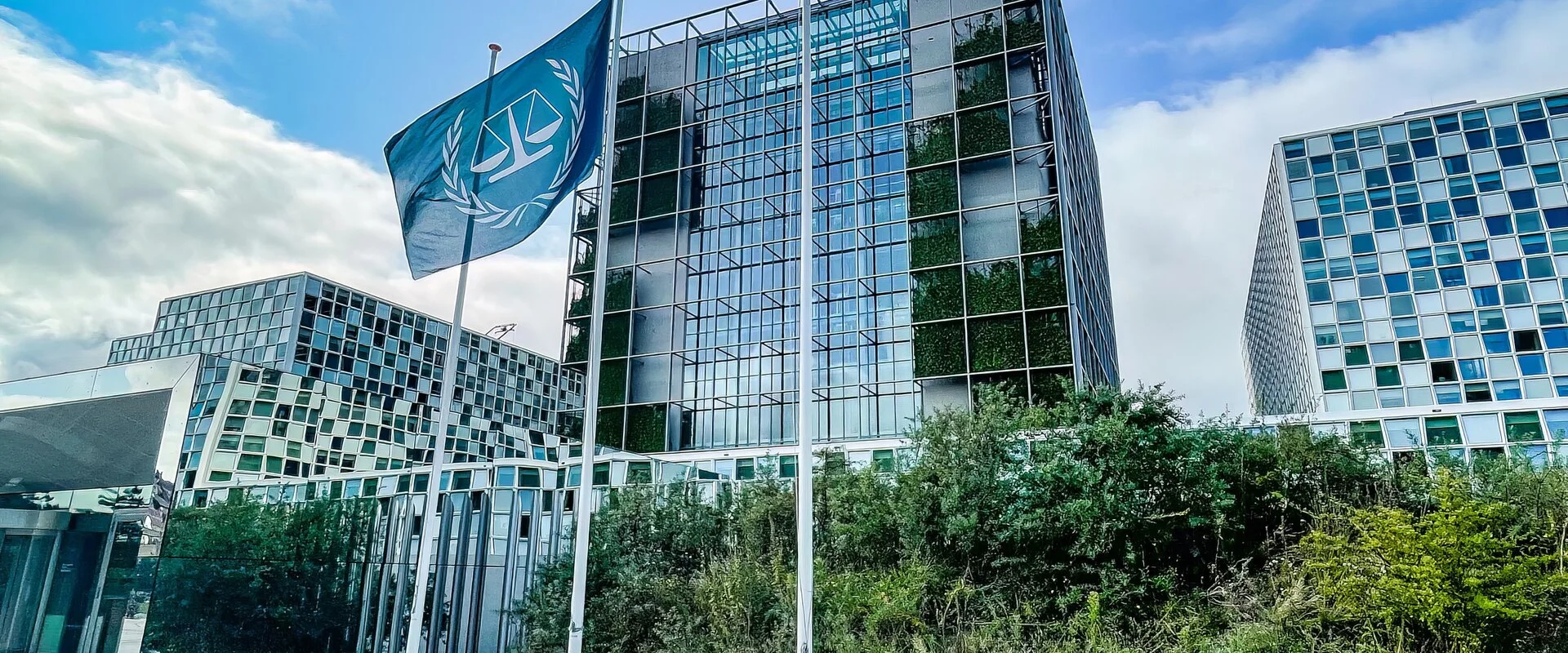Private sector–friendly budget targets growth, jobs, industry

TANZANIA ’ S 2025/26 national budget, presented by Finance Minister Dr Mwigulu Nchemba last Thursday and aligned with President Samia Suluhu Hassan’s broader economic vision, in my assessment of the 259-page document (English version), suggests that this year’s budget includes several private sector–friendly measures aimed at boosting sustainable growth, industrialisation and job creation.
The justification for my assessment rests on several key areas critical to enabling the private sector to flourish in Tanzania. This budget signals a decisive shift towards domestic, privateled growth.
The government has planned a 13.4 per cent increase in spending to 57 tri/-, with approximately 70 per cent of the funding sourced domestically thereby reducing reliance on foreign aid and expensive debt. As an economist and investment banker, I see this as a strong push towards private investment and internal revenue mobilisation, helping reduce uncertainty and attract private capital.
A further in-depth analysis and unpacking of the essence of the budget plan which signals enhanced tax reforms and strengthened private sector dialogue through inclusive frameworks like tax think tanks indicates to me that the government is aiming to broaden the tax base, including the informal sector, simplify tax codes to ease compliance burdens and, importantly, rationalise exemptions to create a more level playing field for businesses.
These reforms, when considered in the broader context of the presented budget, suggest that Tanzania, during the budget’s implementation, will experience reduced costs and easier entry for private firms into economic activities within the country.
ALSO READ: Experts chart path to inclusive growth
Unquestionably, the proposed budget further addresses infrastructure and PPPs in a way that a significant increase in the development budget some 16tri/- supports major projects, including energy, roads, railways (SGR), ports, airports and notably, the SGR extensions, Julius Nyerere Dam and BRT Phase III, all of which are expected to generate substantial multiplier effects.
In my view, this alone clearly promotes Public–Private Partnerships (PPPs) as a strategy to enhance efficiency and attract private capital into infrastructure delivery.
Unlike previous national budgets, the 2025/26 provides a clear path for industrial incentives and local production. In my assessment, both listening to the ministers’ presentation the full plan provide measures that include duty exemptions and VAT waivers for local manufacturers and agro-processors, subsidies for fertilisers and agricultural inputs and critical strategic investment in Special Economic Zones (SEZs) and export-oriented industries.
This initiative, when viewed in the broader context, will strengthen the country’s valueadded export capacity and support SME growth, ultimately providing opportunities for job creation and expanding the tax base.
The budget also provides a well-defined approach for agricultural support through targeted initiatives, including the introduction of new irrigation schemes and dams covering 543,000 hectares, a 2.0 per cent withholding tax for agro-producers and VAT exemptions on fertiliser and local cottontextile inputs.
These measures will not only boost productivity in the sector but also enhance rural incomes and connect farming to private agribusiness.
On climate-resilient and inclusive growth and importantly establishing mechanisms to make the country one of the nations that promote a healthy environment for nature, the budget allocates funding for climate adaptation in agriculture, infrastructure and water resources, reinforcing resilience for business continuity a key concern in light of changing weather patterns.
The budget, as I have reviewed, allocates sufficient funds for human capital and social infrastructure, which are essential for any economic growth and inclusive development. In this context, significant allocations to education and healthcare, aimed at cultivating a healthier and more skilled workforce vital for a thriving private sector, have been embraced, including support for special groups, addressing equity gaps and promoting entrepreneurship.
Given that a coin always has two sides, the proposed national budget for Tanzania for the 2025/26 is ambitious, growth-oriented and private sector-friendly; yet, the planned budget is not immune to flaws or hazards, both internally and externally.
ALSO READ: Fees slashed in livestock, fisheries to spur growth
Several significant dangers that could reduce its efficacy, along with various solutions to these issues, could provide a basis for mitigation measures during implementation. In my opinion, over reliance on domestic revenue mobilisation plans to finance 70 per cent of the 57tri/- budget domestically, mainly through the Tanzania Revenue Authority (TRA), assumes rapid growth in tax compliance, expansion of the tax base and elimination of inefficiencies.
A risk to this view is that if revenue falls short, the government may resort to domestic borrowing, which could crowd out private investment and lead to higher interest rates.
The planned budget also signals a ballooning recurrent expenditure, which means that a large share of spending still goes to salaries, debt servicing and admin costs, limiting fiscal space for development projects. Although other economists may hold differing opinions, in my view, this is likely to weaken long-term productivity and leave less room for infrastructure, education and industrial transformation.
Of course, history is the best teacher. Previously, there have been cases of slow implementation of development projects, resulting in past budgets struggling with low absorption rates in key ministries and delayed procurement or disbursement cycles that have undermined project timelines and eroded public confidence.
How this budget will circumvent this challenge, time will tell. Evaluating the risk of public debt is also crucial. While the country’s debt remains sustainable, as indicated in the 2025/26 budget presentation, the increasing amount, particularly nonconcessional debt, could exert pressure.
In my view, if growth slows or interest rates rise globally, debt service could crowd out future development spending. While the budget promotes public-private partnerships (PPPs), the underutilisation of PPPs could be affected by bureaucratic red tape, unclear regulations and weak capacity in PPP units, which often delays actual execution. If this happens, the risk will be a missed opportunity to attract private capital for infrastructure and public services.
While big industries and agriculture are supported in the budget, there’s relatively little budgeted support for micro and small enterprises (MSMEs), startups and youth-led innovation hubs. The risk here is that high youth unemployment and low productivity in the informal sector may persist.
And finally, although the budget mentions climate adaptation, actual budget allocations for environmental resilience and clean energy remain limited. Implying that with climate change intensifying (floods, droughts and unpredictable weather patterns that have no borders), underinvestment may affect agriculture, infrastructure and rural livelihoods that constitute about 60 per cent of the population.
My assessment of the coming budget highlights a clear focus on the private sector. It blends revenue reforms, infrastructure investment, financial incentives and social spending to foster a more enabling environment for business.
The mix of PPPs, domestic funding and targeted tax relief underscores a strong commitment to private-led, inclusive and resilient growth under President Samia’s administration. However, from a development finance perspective, the budget misses a critical opportunity by not prioritising the recapitalisation of the TIB Development Bank.
ALSO READ: UK envoy hails SBL’s shared commitment to trade, sustainability, inclusive growth
This omission risks limiting the full potential of the government’s development vision. Despite emphasis on infrastructure, agriculture, industrialisation, export growth and private sector participation, the budget lacks adequate support or a clear plan to strengthen TIB a key development finance institution essential for financing these sectors.
Recapitalising TIB is vital because Tanzania’s ambitious programmes require long-term, affordable financing something commercial banks, typically riskaverse and short-term lenders, are unlikely to provide.
A wellresourced TIB could serve as the government’s long-term financing arm, bridging the gap private capital cannot fill, thus enabling critical high-impact projects to secure funding.
Overall, the budget is ambitious and well-intentioned. Its success hinges on disciplined execution, fiscal responsibility and deeper reforms. Addressing the highlighted risks and properly funding institutions like TIB will be essential to realise Tanzania’s goals for industrialisation, private sector growth and inclusive development, positioning the nation competitively regionally and globally.





